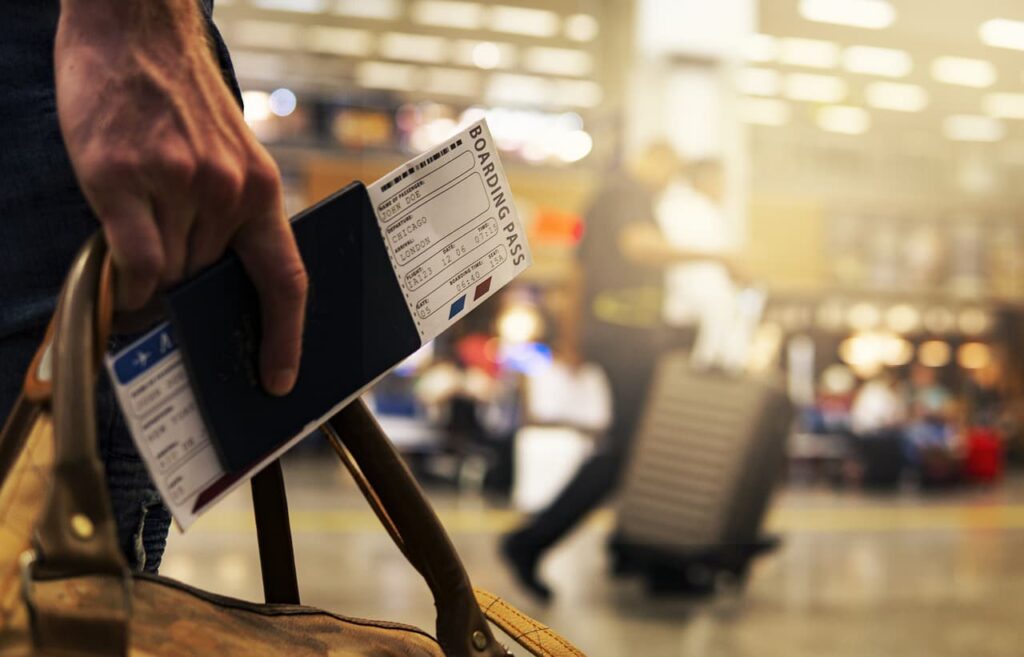Airports are essential components of our global transportation network, serving as gateways to the world. Ensuring the safety and security of passengers, cargo, and personnel within these bustling hubs is paramount. The aviation industry constantly faces evolving security threats and risks that demand innovative and proactive measures. This article explores the multifaceted challenges and strategies involved in security and risk management within the airport industry.
The Evolving Security Landscape
Airports, by their nature, attract a wide range of security threats, from terrorism and smuggling to cyberattacks and safety hazards. In recent years, the aviation industry has been particularly focused on countering terrorism threats, given the high-profile attacks on airports and airlines. As threats evolve, so must the security strategies employed in the airport industry.
Counterterrorism Measures
Airport security has been revolutionized post-9/11. Airports now deploy a combination of advanced technologies and security personnel to detect potential threats. These measures include:
- Advanced Passenger Screening: Passengers undergo thorough screening using body scanners and explosive detection systems to detect concealed threats.
- Baggage Screening: Checked and carry-on baggage is subject to rigorous screening, reducing the risk of explosives or hazardous materials being smuggled onboard.
- Air Marshal Programs: Unarmed air marshals onboard flights act as a covert deterrent to potential hijackers.
- Security Personnel: Trained security personnel are deployed throughout the airport to monitor passenger behavior and respond to threats swiftly.
Cybersecurity
In the digital age, cybersecurity is a critical aspect of airport risk management. Airports handle vast amounts of sensitive data, from passenger information to air traffic control systems. Cyberattacks can disrupt operations, compromise passenger information, and even pose a risk to flight safety.
To address these challenges, airports invest in robust cybersecurity measures, including firewalls, intrusion detection systems, and regular vulnerability assessments. They also train personnel to recognize and respond to cyber threats effectively.
Risk Management in Airports
Risk management encompasses more than just security. Airports must also address various operational, financial, and environmental risks. Here are some key risk management aspects:
Operational Risk
Operational risks involve the day-to-day functioning of airports. This can range from flight delays and baggage mishandling to equipment failures. Comprehensive risk management strategies include contingency planning, predictive maintenance, and effective communication with airlines and passengers to manage these issues.

Financial Risk
Airports are complex businesses with substantial financial investments. They must manage financial risks such as fluctuating passenger numbers, economic downturns, and currency exchange rate volatility. Diversifying revenue streams, optimizing cost structures, and prudent financial planning are crucial aspects of financial risk management.
Environmental Risk
Sustainability and environmental concerns are increasingly significant in the aviation industry. Airports must mitigate the environmental impact of their operations, including noise pollution, emissions, and land use. Adopting green technologies, implementing noise abatement measures, and collaborating with local communities are vital steps in managing environmental risk.
In an ever-changing world, the airport industry must remain vigilant and adaptable. New threats and risks will inevitably emerge, whether in the form of novel security challenges, unforeseen economic disruptions, or environmental changes. Therefore, investing in research and development, staying abreast of emerging technologies, and fostering a culture of continuous improvement are essential elements of effective security and risk management. By doing so, the airport industry can not only respond to immediate challenges but also anticipate and mitigate future risks, ensuring that airports continue to serve as safe and efficient global gateways for generations to come.
Collaborative Approaches
The airport industry recognizes that addressing security and risk management requires a collaborative approach involving various stakeholders. These stakeholders include government agencies, airlines, law enforcement, and local communities.
Government agencies play a pivotal role in setting security regulations and standards. Airports must comply with these regulations while also working closely with agencies like the Transportation Security Administration (TSA) in the United States.
Airlines have a vested interest in airport security and risk management, as they operate within airport environments. They collaborate by sharing threat intelligence and participating in security drills.
Local communities are also vital partners in risk management, especially regarding environmental concerns and noise mitigation. Airports engage with these communities through public outreach and collaboration on sustainability initiatives.
Conclusion
Security and risk management in the airport industry is a multifaceted challenge that requires constant adaptation to evolving threats and risks. It involves counterterrorism efforts, robust cybersecurity, and comprehensive risk management strategies.
To succeed in this endeavor, airports must adopt a proactive and collaborative approach, working closely with government agencies, airlines, and local communities. By doing so, they can continue to ensure the safety and security of passengers and cargo while maintaining efficient and sustainable operations in this vital sector of the global economy.